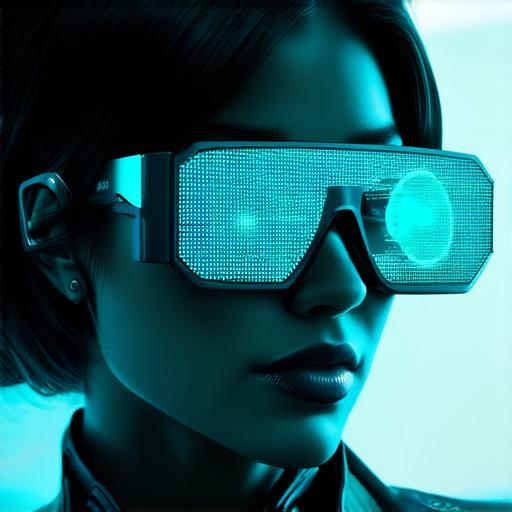Key Components of Augmented Reality
AR consists of several key components that work together to create an immersive experience for the user. These include:
- Device: AR experiences are typically delivered through a device such as a smartphone or tablet, which captures the real world and overlays digital information onto it.
- Camera: The camera is a crucial component of AR, as it allows the device to capture the real world and track the position of the user in that environment. This enables the device to accurately superimpose digital information onto the real world.
- Sensors: Sensors such as GPS, accelerometers, and gyroscopes help the device to determine the user’s location and orientation in the real world, allowing it to provide accurate and relevant AR experiences.
- Computer Vision Algorithms: Computer vision algorithms are used to process the data captured by the camera and sensors, allowing the device to recognize and track real-world objects and environments.
- Content Creation Tools: Content creation tools such as 3D modeling software, animation software, and game engines are used to create the digital information that is superimposed onto the real world.
Applications of Augmented Reality
AR has a wide range of applications across various industries, including:
- Education: AR can be used in education to provide students with an immersive and interactive learning experience. For example, AR can be used to teach students about history by superimposing digital information onto historical landmarks or monuments.
- Healthcare: AR can be used in healthcare to provide patients with more accurate and personalized medical information. For example, AR can be used to help surgeons visualize the location of tumors or other health issues during surgery.
- Retail: AR can be used in retail to create engaging and interactive shopping experiences. For example, AR can be used to allow customers to try on clothes virtually before making a purchase, or to provide information about products in a more immersive way.
- Gaming: AR can be used in gaming to create immersive and interactive games that blend the real world with virtual environments. For example, AR games can be played in physical locations such as parks or museums.
- Marketing: AR can be used in marketing to provide customers with engaging and interactive brand experiences. For example, AR can be used to create interactive product demonstrations or to provide customers with more information about a product or service.
Benefits of Augmented Reality
AR offers several benefits that make it an attractive technology for businesses and consumers alike:
- Immersive and Engaging: AR provides users with an immersive and engaging experience, which can lead to increased user engagement and loyalty.
- Increased Efficiency: AR can be used to automate tasks and streamline processes, leading to increased efficiency and productivity.
- Personalization: AR can be customized to meet the needs of individual users, providing a more personalized experience.
- Cost-effective: AR can be cost-effective in the long run, as it eliminates the need for physical displays or other traditional marketing methods.
- Innovative: AR is an innovative technology that can help businesses stay ahead of the curve and differentiate themselves from competitors.
Real-life Examples of Augmented Reality

There are many real-life examples of augmented reality in action, including:
- IKEA’s Place app allows users to see how furniture would look in their home before making a purchase.
- The Snapchat filter app uses AR to add digital filters and effects to photos and videos.
- Pokemon Go is an AR game that allows players to catch virtual creatures in real-world locations.
- The Aurasma app uses AR to provide customers with information about products in a more engaging way.
- The Lululemon app allows users to try on clothes virtually before making a purchase.
Conclusion
In conclusion, augmented reality is an exciting and rapidly evolving technology that offers many benefits for businesses and consumers alike. By understanding the typical features of augmented reality, we can better appreciate the potential applications and benefits of this emerging technology.
